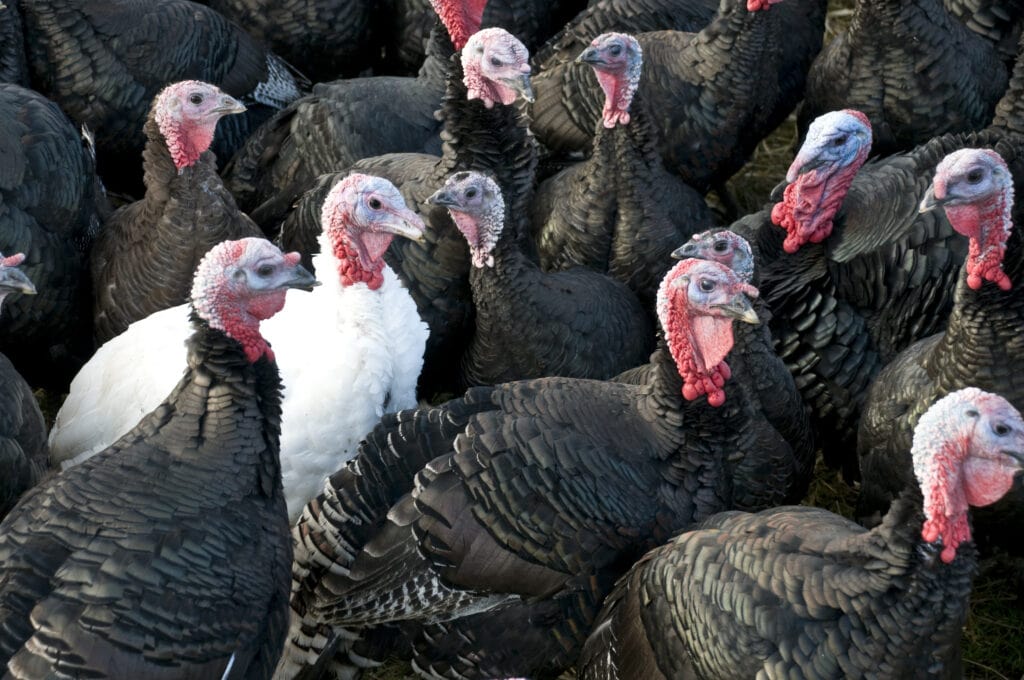Around this time last year, wild birds in the United States were found to be infected with an incredibly transmissible and deadly Eurasian strain of avian influenza. The so-called “bird flu” was believed, at that time, to have migrated to the United States via waterfowl from Western Europe. The attitude of the CDC and other authorities at the time was cautious but reassuring. The H5N1 strain of avian influenza was expected to have devastating ramifications for the poultry industry, but reminders were constant that no human infections had ever occurred in the United States.
Related Article: Saying Goodbye to the Eleven Birds Declared Extinct in 2021
With the benefit of hindsight, we can see that the CDC’s agricultural concerns were more than warranted. By April of 2022, mere months after being detected in the states, bird flu had lead to the culling of as many as 23 million domestic birds. This trend has continued and consumers have no doubt felt its affects during a period when grocery costs were already on the rise.
Now, over a year since concerns about this virus began to mount in the U.S., alarm bells are ringing once again. To be completely transparent, human infection with H5N1 is extremely rare. It was, in fact, thought not to affect humans at all until the first human infections were reported in Hong Kong in the late nineties. When infections do occur, they are usually found in conjunction with regular contact with infected birds. Other forms of transmission to humans are largely unheard of. While the risk of infection is very slim, the risk of death for the unlucky few who contract this disease is sobering. The current fatality estimate for H5N1 sits at around 56% of all confirmed infections.
While low transmissibility does assuage some of the fears that this mortality rate obviously inspires, recent news has some researchers concerned that H5N1 may pose the next big public health threat for humankind. In recent months, H5N1 has been increasingly reported in mammals. In Peru, the deaths of nearly 600 sea lions were found to be the result of bird flu. More troubling still are reports that bird flu infected a number of mink within a mink farm in Galicia, Spain. The mink were culled and the outbreak was contained, however this is serious cause for alarm. Mink are capable of harboring both avian and human viruses. They have such zoonotic potential, in fact, that they have been the subject of study regarding the spread of new Covid-19 variants. The virus, supposedly, mutates faster in mink than in humans.
While risk to human life remains low, it is of utmost importance to public safety that certain precautions are undertaken. The CDC recommends avoiding contact with wild birds, especially deceased or sick-appearing birds. Bird owners, hobbyists, and agricultural workers should avoid contact with birds that are known to be contaminated, should report all cases to their state or local government, should utilize PPE when in contact with birds or surfaces where birds have been, and should wash hands and maintain proper hygiene. Birdwatchers should continue to maintain a respectful distance from wild birds and should take down and sanitize feeders and baths regularly or remove them entirely.
Popular Article: Bioscience Company Announces Plan to Bring the Dodo Bird Back From Extinction

